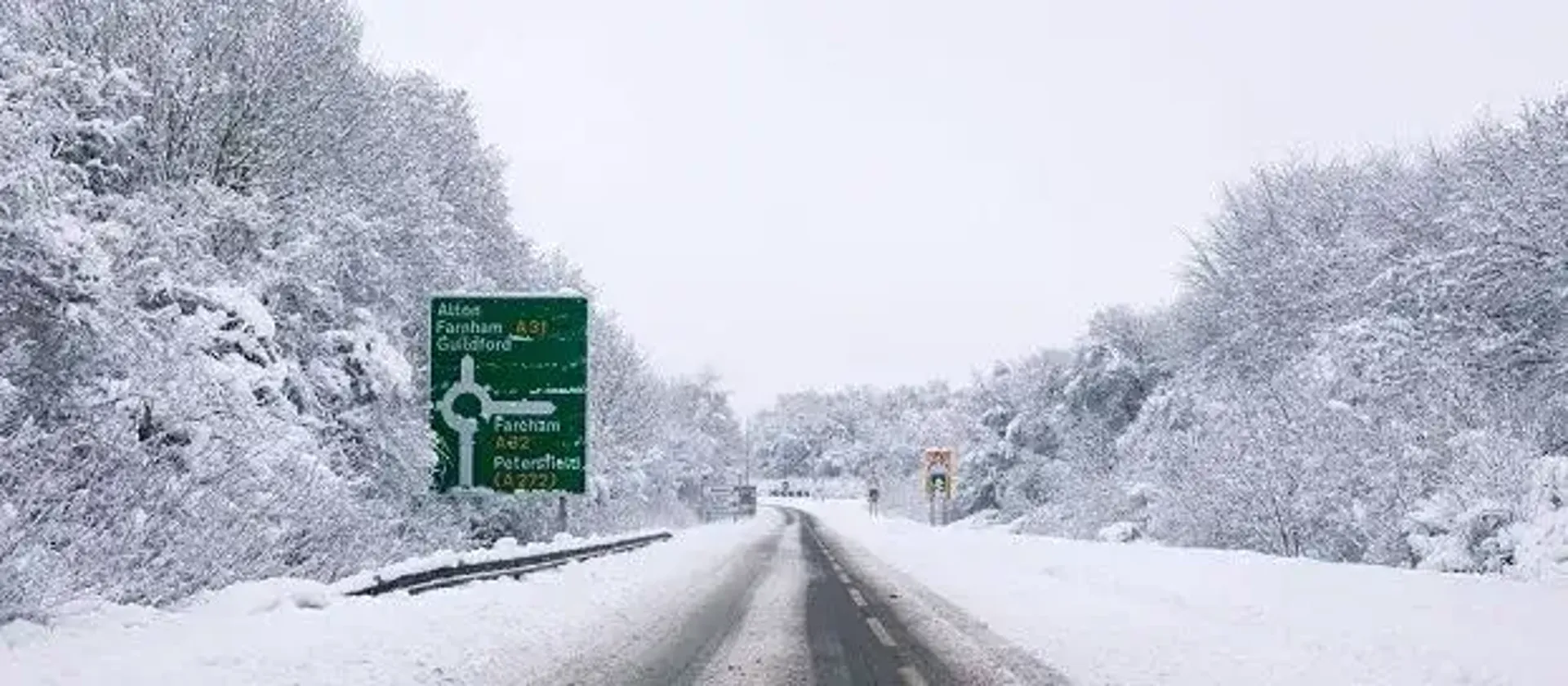
02/11/2016
Winter is coming: and the savvy fleet manager is already preparing for cold weather and poor road conditions. To help you get ready, we’ve put together a list of things to consider.
Road use
Overall, road usage tends to fall during the winter months, particularly in rare periods of extreme cold weather. December driving, however, may buck this trend. Major roads experience an increase in traffic as families and workers head home for Christmas, or rush to make their connections at airports and large transport hubs.
Where possible, plan journeys to fall outside busy travel times. Christmas Eve is a good day to avoid travelling—as are the days immediately following schools breaking up for the holidays. And if you do have to travel on a busy road day, try staggering your journey times to avoid the worst periods. An early morning start, for example, could see you beating the majority of the traffic in the heaviest-hit areas of the country.
Driving conditions
Whatever time of day you set off, you’ll need to be prepared for changing and potentially treacherous road conditions. While the UK rarely sees severe cold weather, changes in temperature and visibility are inevitable at this time of year.
In December, the sun sits lower in the sky, creating a hazard for drivers that is particularly evident on Britain’s motorways. Glare can cause mild to severe impairment of visibility either in the windscreen or in the rear view mirror. Be aware, drive slower, and make more frequent checks on the positioning of traffic around you. If safe, wear sunglasses to cut the glare. Fixed-tint, polarised sunglasses with narrow arms are the most suitable type.
If severe weather hits, your journey planning should be informed by one question: is the trip really necessary? When snow and ice cause road closures, blockages, and hazardous driving conditions, it is better to cancel the journey than risk damage to life and property.
If conditions are less than severe, plan your journey to avoid areas potentially worst hit. If, for example, you can avoid rural roads (which are less likely to be gritted or cleared, and which present fewer alternative options should a blockage occur), do so. It’s also a good idea to allow extra time for winter journeys, to give your drivers space to go slower and take more rest stops—a knock-on effect of the increased level of concentration required when driving in tricky conditions.
Things to consider before you leave
As noted, your first question must be: should I travel at all? If the answer is ‘yes’, there are things to think about before you set off.
Ensure your fleet is prepped for emergencies such as long road closures and vehicle failure. An emergency kit including blankets, hi-visibility clothing, emergency triangles, food, water, and a tow rope should be stored in all your fleet vehicles. And batteries and tyres should be routinely checked to ensure a high level of charge and good overall tread condition. Remember to keep tyres inflated to the manufacturer-recommended pressure, too. Softer tyres will adversely affect the safe operation of the vehicle.
It may be worth considering snow tyres, all-weather tyres, or snow socks if your fleet regularly drives in areas that experience severe cold and ice.
How will you be planning your December travel? Let us know on Twitter and LinkedIn.


